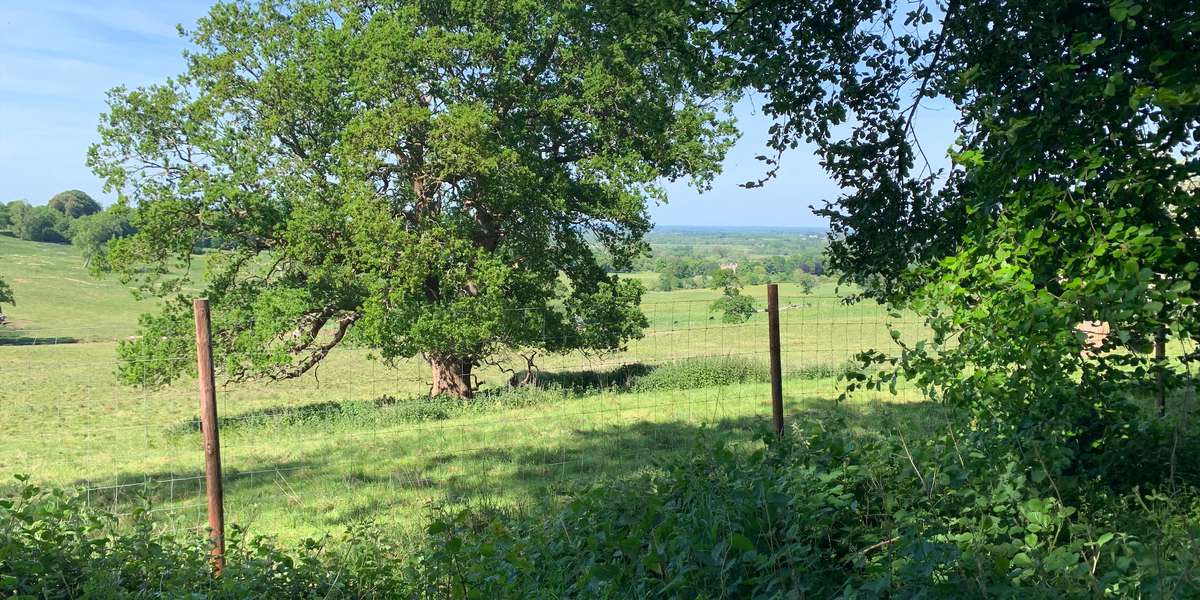2025
May 14, 2025

WWS-000
Managed by Wytham Woods
Since 2025
In England, GB
WWS000
This chronolog combines 3 photos from 1 contributor. Learn more
About this site
This is the Prime Tree.
“Prime Tree” initiative. This will focus on a remarkable 350-year-old oak, as featured in the BBC Four documentary Oak Tree: Nature’s Greatest Survivor.
The project aims to track the ancient oak season to season providing crucial insights into how mature trees respond to climate change. Researchers will monitor its growth, the health of its canopy, and the wealth of wildlife that depends on it. The tree will serve as a living laboratory, linking ongoing ecological research across Wytham Woods to the wider scientific community and the public.
To gather data, the Woods team will equip the tree with monitoring technology. This will include a weather station to record local climate conditions, and an automated dendrometer to track the trunk’s gradual increase in girth. Additionally, a soil moisture meter will measure how the tree is adapting to changing rainfall patterns, and particularly to increasingly common droughts.
The Prime Tree initiative will explore the oak’s role in the woodland ecosystem. The project will be closely tied to ongoing research on winter moth caterpillars, which form the main food source for the Woods’ great and blue tits – among the most-researched bird population in the world. By examining how the tree’s condition affects blue and great tits, researchers hope to learn more about how climate change is influencing wildlife.A monitoring project.
About Wytham Woods
Wytham Woods is an ancient semi-natural woodland, which has been owned and maintained by the University of Oxford since 1942. Its 1000 acres are a designated Site of Special Scientific Interest and are one of the most researched pieces of woodland in the world, exceptionally rich in flora and fauna, with over 500 species of plants, a wealth of woodland habitats, and 800 species of butterflies and moths. The Woods can be divided into four main habitats.
The forested area is a simple three-way split between ancient semi-natural woodland, secondary woodland, and modern plantations. The fourth key habitat is the limestone grassland found at the top of the hill. Other smaller habitats include a valley-side mire and a series of ponds. The ancient woods date back to the last Ice Age, while the secondary woodland dates to the seventeenth century and the plantations to the 1950s and 1960s.
Through our Chronolog stations, we hope to gain greater insights into how climate change and other processes are changing phenology within the woods. Our post descriptions were provided by https://theoldmanofwytham.com/.
For nature-lovers
Explore chronologs
For organizations
Chronolog is a monitoring tool for parks, nature centers, wildlife organizations, schools, and museums worldwide. With over 100,000 contributors across 300 organizations, Chronolog is on a mission to engage communities with nature while recording important natural changes.
© Chronolog 2025 | Terms